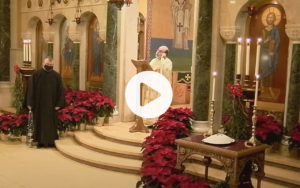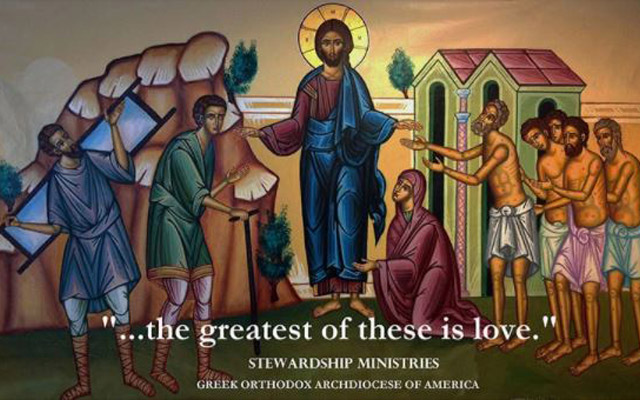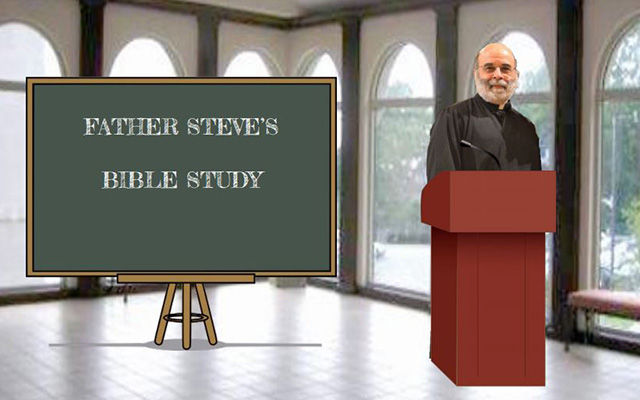The Universal Christ: Growing in Christ
[The cosmos] is fundamentally and primarily living. [1] Christ, through his Incarnation, is interior to the world, rooted in the world even in the very heart of the tiniest atom. [2] —Pierre Teilhard de Chardin As Paul saw Christ as a single “New Human” (see Ephesians 2:15), as Duns Scotus saw Christ as the Alpha point of history, so Teilhard saw the same Divine Icon as the Omega point of cosmic history—both the archetypal starting point and the alluring final goal.






